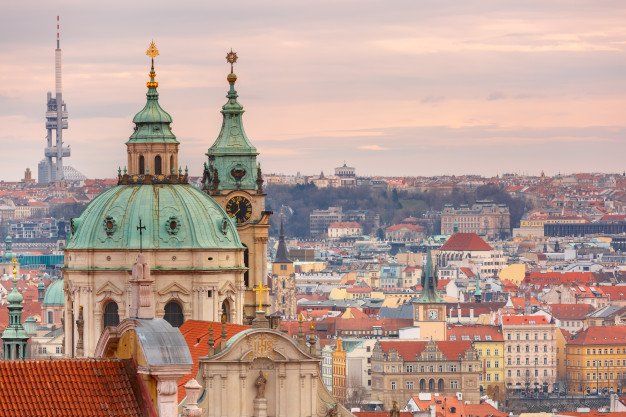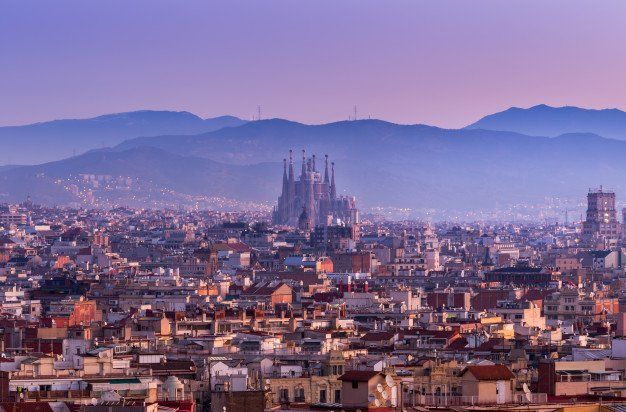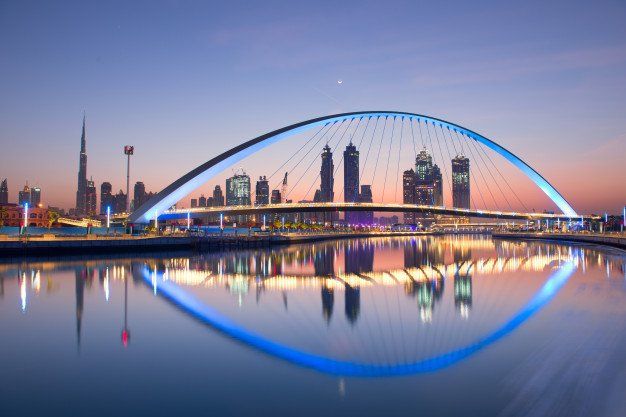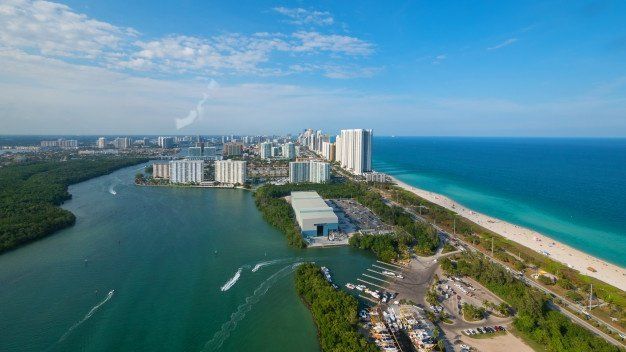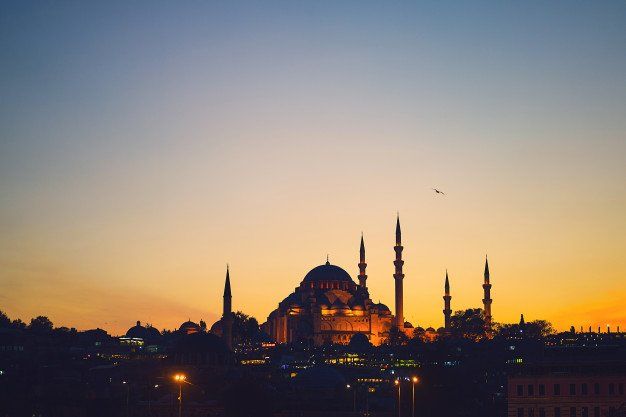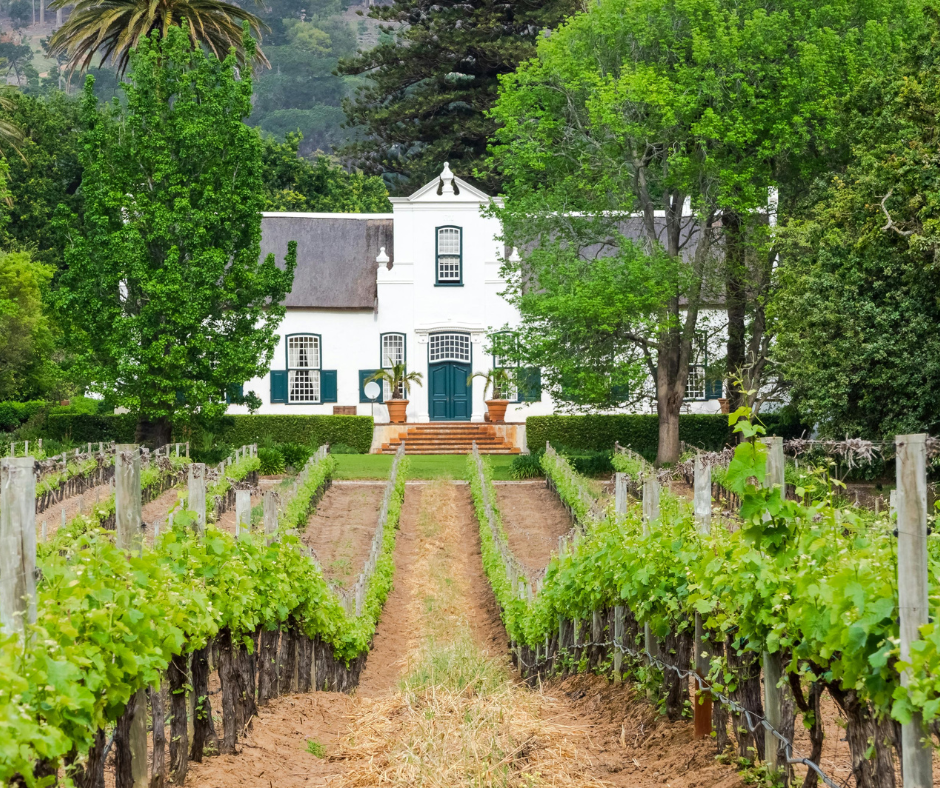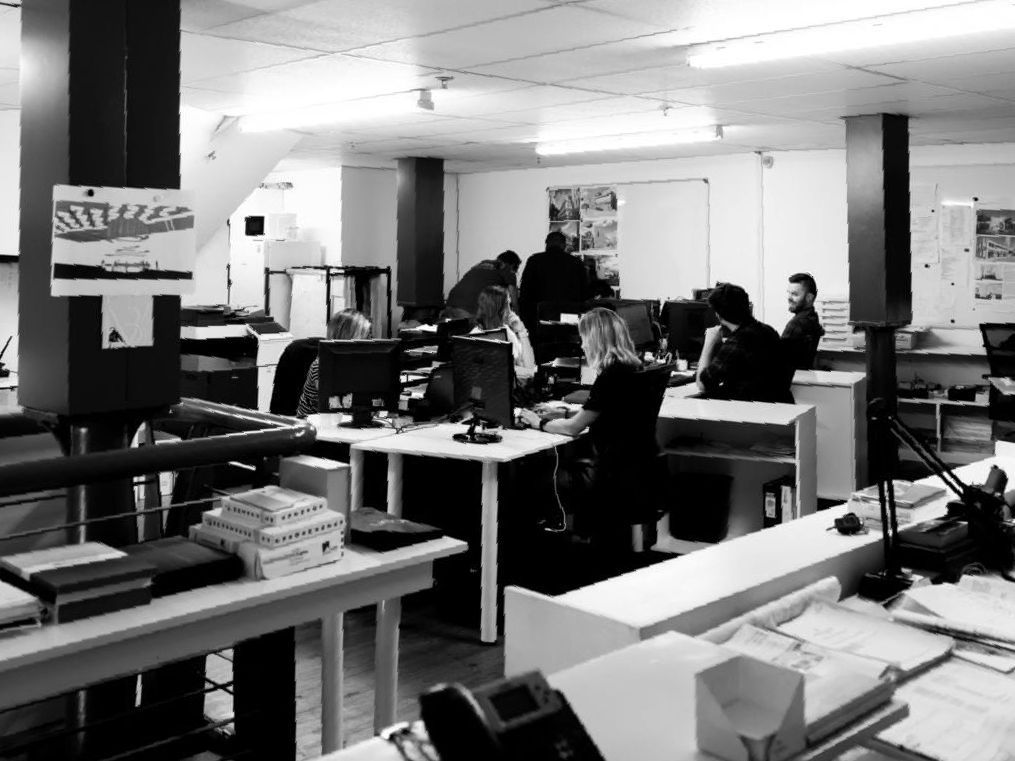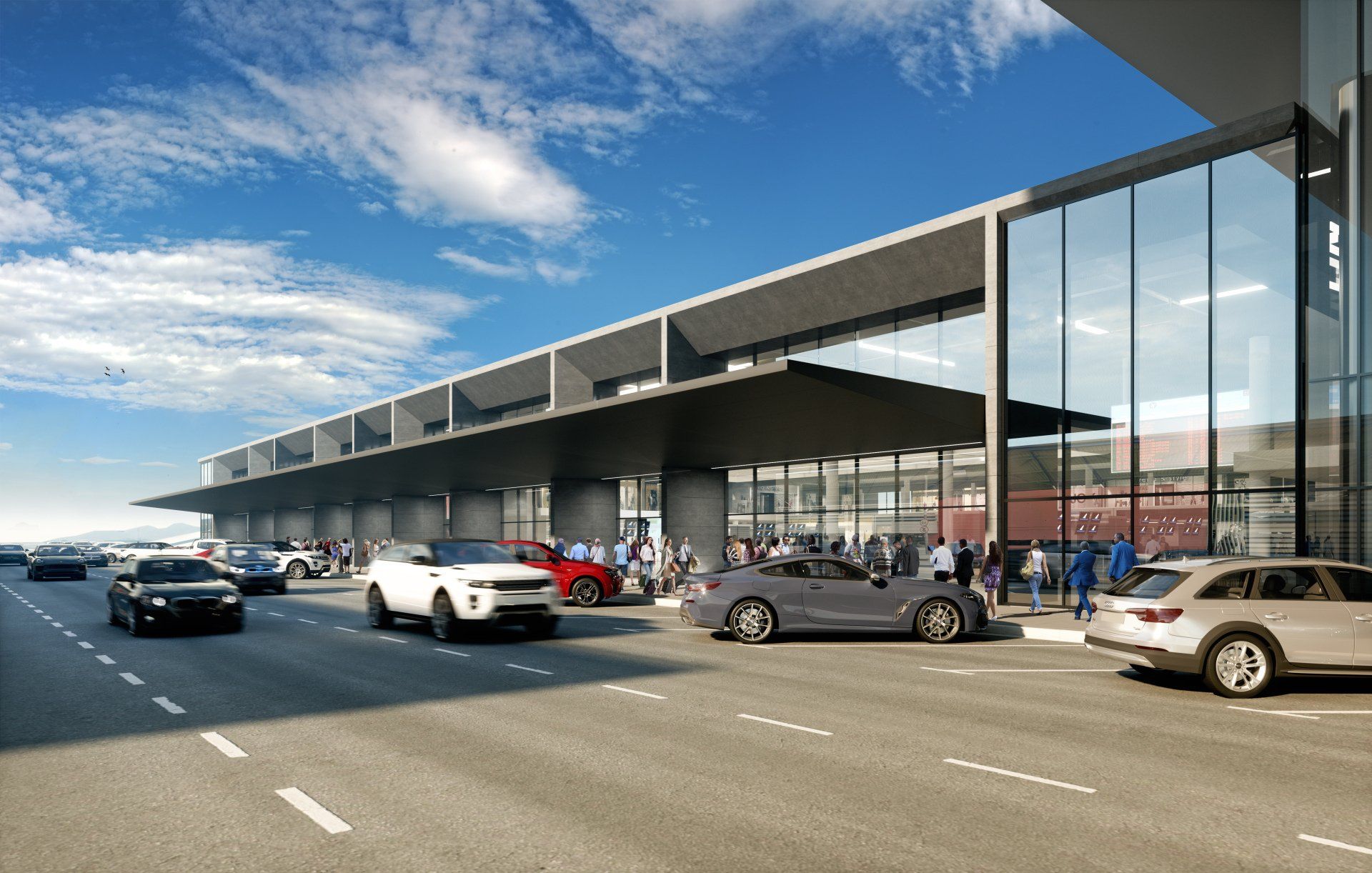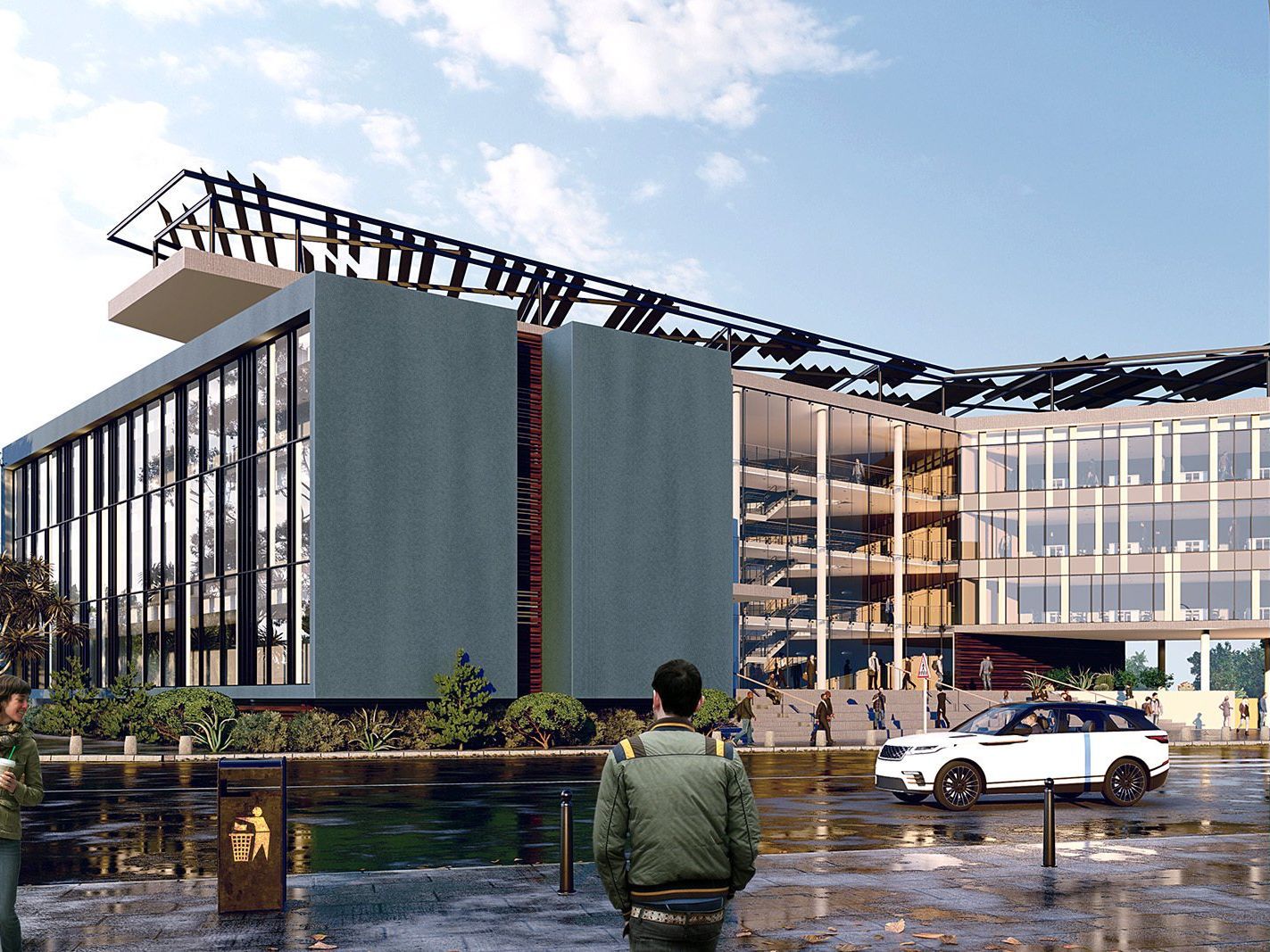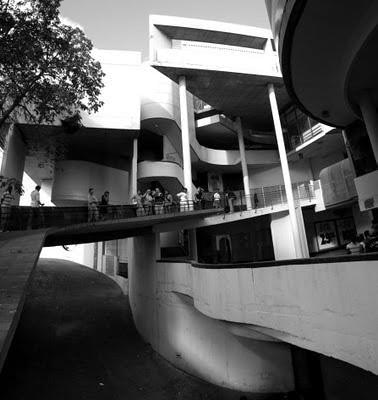By David Marriott
•
February 4, 2025
South Africa has a rich and diverse architectural heritage that spans centuries, showcasing influences from indigenous cultures, colonial powers, and contemporary design. The country's architecture reflects its complex history, cultural diversity, and evolving identity. From ancient structures to modern landmarks, South Africa’s architectural heritage offers a fascinating journey through time via its built environment. Here's an overview of the key architectural styles and important sites: 1. Indigenous Architecture Indigenous architecture in South Africa dates back thousands of years and is defined by the materials and techniques available in the environment. Various communities have distinct architectural traditions: ● Zulu: Traditional Zulu homes are amakhaya (circular huts) made of thatch, with walls constructed from mud, clay, and reeds. ● Khoi-San: The Khoi-San people lived in temporary shelters, often consisting of woven reed huts that were designed to be mobile. ● Xhosa: Traditional Xhosa homes are round, with thatched roofs and walls made from mud or clay. These structures were designed for functionality, reflecting a close relationship with nature and the surrounding landscape. 2. Colonial Architecture South Africa's colonial history, shaped by the Dutch, British, and French, left a deep imprint on its architectural landscape. Key styles include: ● Cape Dutch Architecture: Emerging during the 17th and 18th centuries, this iconic style features whitewashed walls, curved gables, thatched roofs, and timber windows. Notable examples include the Iziko South African Museum in Cape Town and Vergelegen Wine Estate in Stellenbosch. ● Georgian Architecture: Introduced during the British colonial period in the early 19th century, Georgian architecture is characterised by symmetry, brick facades, and sash windows. An example is the Old Government Building in Cape Town. ● Victorian Architecture: Victorian structures, popular in the late 19th century, often included ornate detailing, high ceilings, and decorative elements such as wrought-iron verandas. St. George's Cathedral in Cape Town is a fine example. 3. 20th Century Modernism and International Styles The 20th century brought modernist influences to South African architecture, especially during the interwar period. These designs embraced new materials and technologies, such as concrete and steel: ● Art Deco: This style is visible in some early 20th-century buildings, characterised by bold geometric patterns, sleek lines, and decorative motifs. ● Modernism: Post-World War II, modernist architecture prioritised simplicity and functionality. Concrete was used extensively, and building forms became more abstract. An example is the University of Cape Town’s architecture, with designs by architects like Sir Herbert Baker. ● Brutalism: This mid-20th-century style focused on raw concrete and geometric forms. A notable example is the Breezeblock Building in Johannesburg. 4. Apartheid and Post-Apartheid Architecture During the apartheid era, architecture played a significant role in social engineering, especially with the forced removals and segregated spaces for black and white populations. Post-apartheid architecture focuses on healing, inclusivity, and social justice. ● Apartheid Architecture: The urban design and architecture of the apartheid period included racially segregated cities, townships, and the construction of sprawling housing complexes for non-white populations. District Six in Cape Town is an example of an area where residents were forcibly removed under apartheid policies. ● Post-Apartheid Architecture: After 1994, architecture began promoting healing and inclusivity. Projects like Constitution Hill in Johannesburg, a former prison turned into a museum, reflect this shift toward national unity. 5. Notable Heritage Sites and Buildings South Africa is home to numerous buildings and sites of architectural significance, many of which are recognized as national heritage sites. Some of the most important include: ● Robben Island: A symbol of South Africa’s struggle against apartheid, Robben Island, where Nelson Mandela was imprisoned, is an essential landmark of both history and architecture. ● The Union Buildings (Pretoria): Designed by Sir Herbert Baker, the Union Buildings house the offices of the President of South Africa and are a cornerstone of the country's political and architectural heritage. ● Castle of Good Hope (Cape Town): Built by the Dutch in the 17th century, the Castle is the oldest surviving colonial building in South Africa and serves as a military museum. ● Stellenbosch Village: Known for its well-preserved Dutch colonial buildings, Stellenbosch is often regarded as the best-preserved village in South Africa in terms of architectural heritage. ● The Apartheid Museum (Johannesburg): This museum is housed in a striking contemporary building designed to represent the harsh and brutal reality of apartheid, using concrete and steel to evoke the time period's emotional weight. ● Soweto: Home to some of the most significant events in South Africa's history, Soweto is an area where traditional African housing is juxtaposed with modernist and late 20th-century designs. 6. Conservation Efforts South Africa has made significant efforts to conserve its architectural heritage. The National Heritage Resources Act (No. 25 of 1999) was established to protect the country’s built heritage, including both historical buildings and cultural landscapes. Many historic sites and buildings are protected as national heritage sites, and a number of organizations work to maintain and restore these structures. ● Heritage Protection: The South African Heritage Resources Agency (SAHRA) is the government body tasked with safeguarding the country's cultural and architectural heritage. ● Adaptive Reuse: Many old buildings have been repurposed for new uses while maintaining their historical integrity. For instance, the V&A Waterfront in Cape Town has transformed from a working harbour to a vibrant retail and tourist destination while preserving many of its historic buildings. 7. Key Architects and Influences ● Sir Herbert Baker: An English architect, Baker had a significant influence on South African architecture, particularly in designing government buildings, including the Union Buildings. ● Norman Eaton: A South African architect known for his modernist designs and contributions to post-apartheid architectural thinking. ● Hans Hallen: Known for his work on the apartheid-era buildings that reflect the policies and social dynamics of that time. Conclusion South Africa's architectural heritage is a powerful narrative of the country's history, from the indigenous people who built with local materials to the European settlers who left their mark through colonial designs. Today, the blend of old and new, alongside efforts to conserve and reinterpret the past, shapes South Africa's contemporary identity. Whether through the grandeur of colonial architecture or the profound symbols of resistance, South Africa’s buildings continue to tell the story of a nation evolving and embracing its multifaceted heritage.
